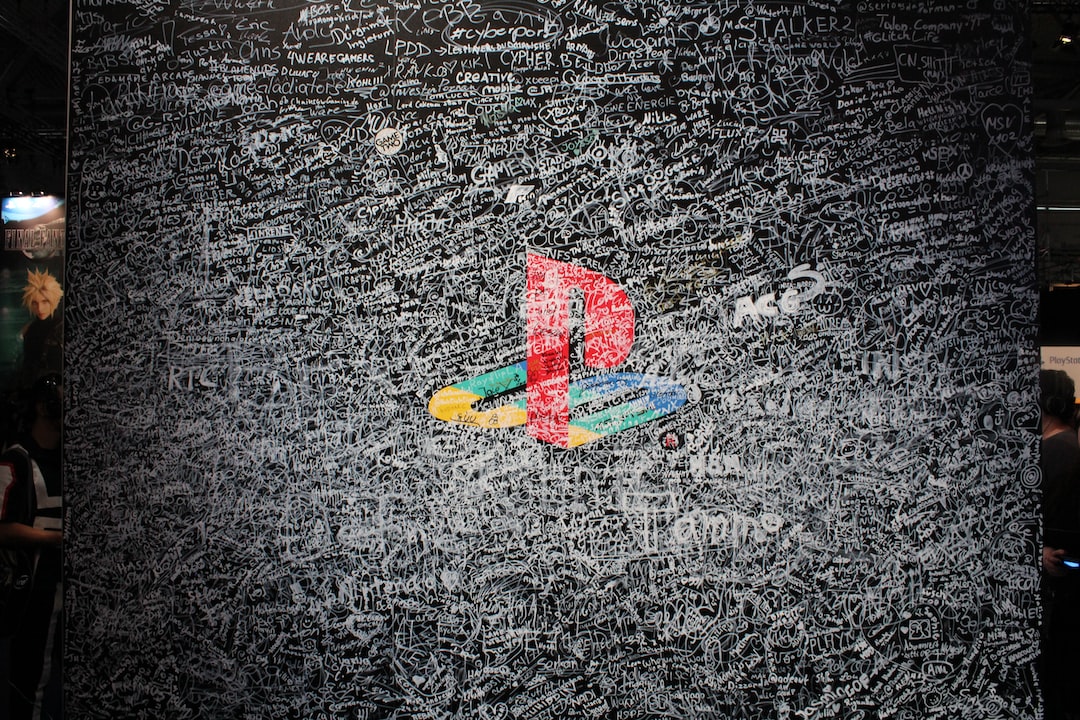Exploring the History of Gaming Consoles
Since the introduction of the first electronic gaming platform, gaming consoles have become an indispensable part of our lives. From the early days of simple graphics and limited games to the present era of virtual reality and advanced online gaming, gaming consoles have rapidly evolved over the years. In this blog post, we will dive into the fascinating journey of gaming consoles, exploring their history from inception to the modern-day revolution.
The pioneers of gaming consoles can be traced back to the 1970s when Ralph Baer, often considered as the father of video games, developed the first home console known as the Magnavox Odyssey. Released in 1972, this console featured simple games like Pong, Tennis, and Volleyball. Although basic by today’s standards, it laid the foundation for the industry.
Shortly after, in 1977, Atari launched the Atari 2600, also known as the Atari VCS (Video Computer System). This pioneering console introduced interchangeable cartridges, allowing gamers to play a variety of games on a single system. The success of Atari 2600 brought gaming into the mainstream and led to a surge in the popularity of home gaming consoles.
In the 1980s, the gaming console industry witnessed significant advancements with the emergence of several new players. Nintendo, a prominent name in the gaming world, released the Nintendo Entertainment System (NES) in 1985, bringing iconic games like Super Mario Bros., The Legend of Zelda, and Metroid to the forefront. The NES revolutionized the industry, leading to the concept of platform-exclusive games that would eventually become a key selling point for gaming consoles.
As the 1990s dawned, the Sega Genesis (known as the Mega Drive outside of North America) entered the market and competed head-to-head with the NES. The Genesis stood out with its advanced graphics and the inclusion of Sonic the Hedgehog, Sega’s mascot who became an iconic figure in gaming. This era also witnessed the introduction of the Super Nintendo Entertainment System (SNES) by Nintendo, which became a fierce rival to the Genesis, setting the stage for the infamous “console wars.”
The mid-1990s marked a paradigm shift in the gaming console industry with the introduction of the Sony PlayStation in 1994. Boasting superior graphics and a CD-based storage system, the PlayStation opened new horizons for developers and gamers alike. It became a massive success and set the stage for a long-standing rivalry between Sony and Nintendo.
In 2001, Microsoft entered the console market with the release of the Xbox. Offering powerful hardware and online multiplayer capabilities, the Xbox provided a strong competition to the PlayStation 2, which dominated the market at the time. This rivalry intensified in the following years with the launch of the PlayStation 3 and Xbox 360, both pushing technological boundaries and delivering immersive gaming experiences.
The latest contenders in the console market are the eighth-generation consoles – the PlayStation 4, Xbox One, and Nintendo Switch. These consoles emphasize online connectivity, expansive game libraries, and a seamless gaming experience. The PlayStation 4, in particular, has become one of the best-selling consoles of all time, thanks to its extensive game library and cutting-edge graphics.
Looking into the future, gaming consoles are set to embark on an exciting journey as technology continues to evolve. With the advent of virtual reality, cloud gaming, and augmented reality, the possibilities for the gaming industry are endless. Companies like Sony, Microsoft, and Nintendo are consistently pushing boundaries and exploring new ways to enhance the gaming experience.
In conclusion, the history of gaming consoles is filled with innovation, competition, and technological advancements. From humble beginnings with basic gameplay to the current era of immersive virtual reality, gaming consoles have come a long way. The evolution of gaming consoles has not only changed how we play games but has also transformed into a multi-billion-dollar industry that continues to captivate millions around the globe. As we move forward, it will be fascinating to see what the future holds for gaming consoles and how they will continue to shape our entertainment landscape.

